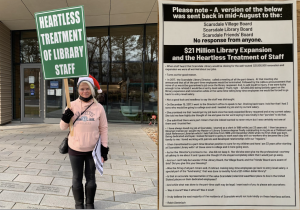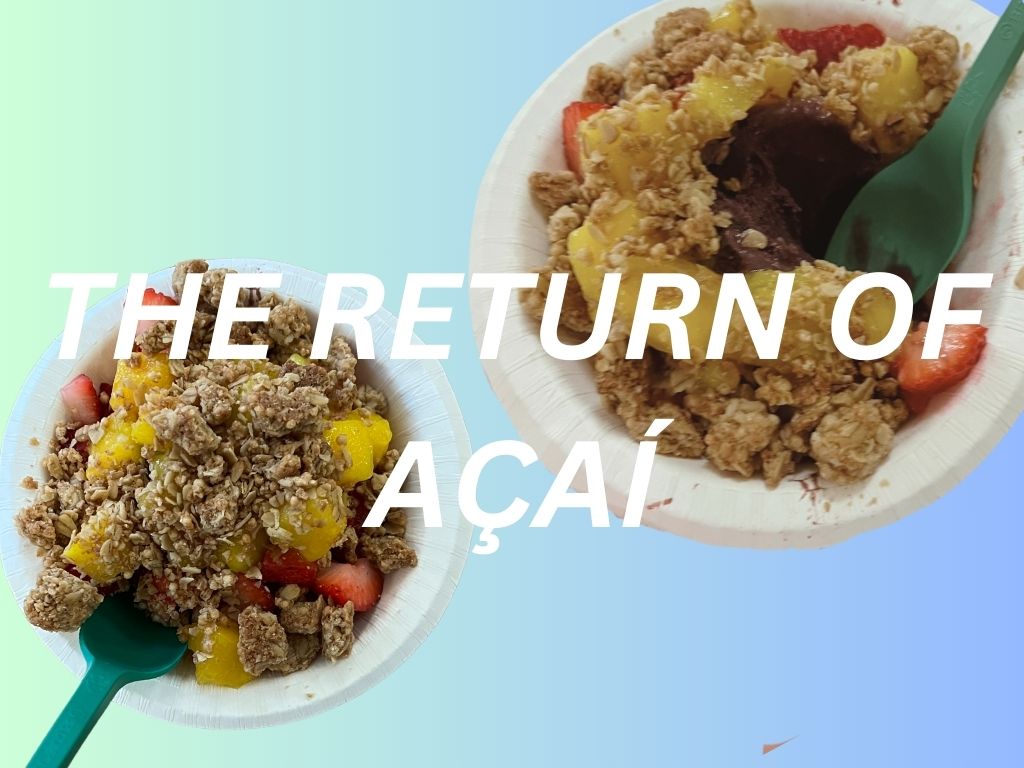What Happened With the Silicon Valley Bank Crash?
SVB was founded in 1983.
April 18, 2023
On March 10, Silicon Valley Bank, the 16th largest bank in the US, was shut down by US banking regulators, marking the second-largest banking crash in US history. Before recent events, SVB benefited from the pandemic due to increased loans and assets. In addition, SVB, which specializes in banking for venture capital startups, invested most of its US Treasury Bonds, generally known as a safe bet.
Before the bank’s collapse, there were relatively few troubles signs for SVB. So what went happened? There was an increase in interest rates made by the federal reserve in response to inflation. This made the ‘safe bets’ much riskier. As of recently, Treasury Bonds’ value has decreased by around 32%. The increase in interest rates came at a time when SVB needed more capital for loans. To raise such money, SVB sold many of its shares. A bigger problem that arose with SVB selling their shares and Treasury Bonds’ was their lack of diversity in their investment portfolio. Because of the decreased value of their shares, they could not make up such capita by selling them. SVB tried to raise the capital back to compensate for the lost money. When the news broke that SVB was in a cash crunch, a panic started, and a classic bank run ensued. A bank run is when a large percentage of bank customers withdraw their money from a bank, fearing that it will fail, as was the case with SVB. The bank run and SVB’s cash crunch ultimately caused the shutdown.
The last time a large bank crashed in the US was in 2008, which set off a great recession. So are we on the verge of another financial crisis? Luckily, the chances of a financial crisis occurring of low. Since 2008, steps have been taken to prevent history from repeating itself. Reforms such as ‘stress tests’ and capital requirements have been created to avoid another crisis. These regulations help ensure that large banks do not trigger a financial crisis when they crash. These precautions proved effective, as when SVB was on the verge of collapse, it was taken over and backed by bank regulators to prevent another 2008-like event.
Despite precautions, there are still concerns over how SVB’s failure will impact the future. The panic caused the by the crash, coupled with the impact of the crash on global markets, puts many on edge. However, legislation created to prevent catastrophic collapses in the past has been successful and will hopefully continue to protect our banks.























